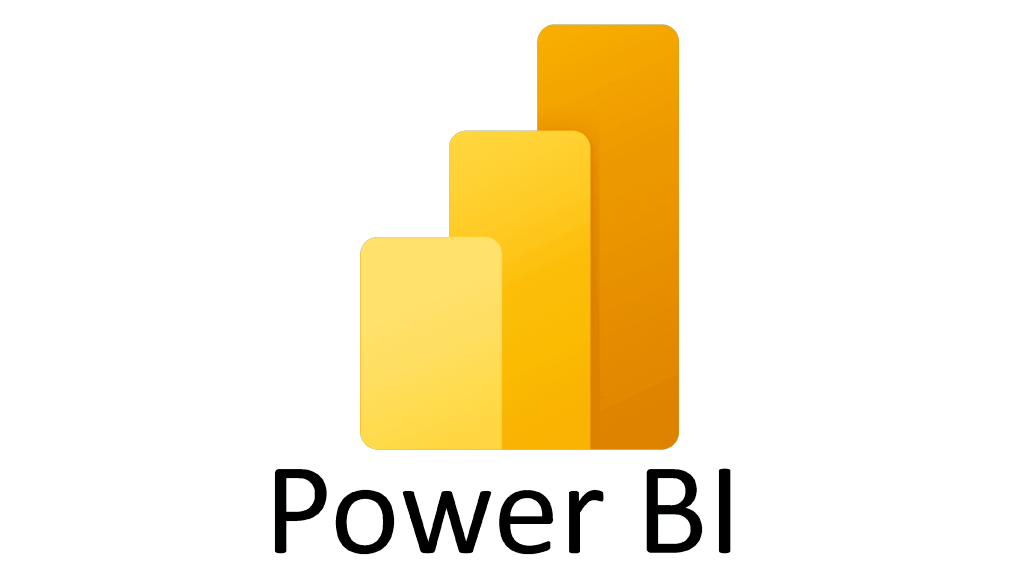Power BI is the Microsoft-created data visualization tool meant largely for businesses. Created in 2011, it became one of the crucial parts of a usual business software package for many companies. It’s also a part of Microsoft Power, a collection of applications and software meant to provide integrated solutions for data management, app creation and other purposes associated with businesses.
Meaning and History
The first version of Power BI was released by Microsoft in 2011. Newer versions are still being developed almost every year. The name is the combination of two essential components: ‘Power’, the name for a larger collection of software meant to basically empower the businesses to better manage their data and scale their presence on the market, as well as ‘BI’, meaning ‘business intelligence’.
What is Power BI?
Power BI is a piece of software released by Microsoft in 2011. It’s one of the primary business intelligence applications in the world, typically used to visualize data and present it in a digestible form.
2013 – 2016
The original logo depicted a contour of a skewed rectangle. It’s basically a golden frame of a rectangular shape, elevated on the left. Part of its lower side is also removed to make room for the other big part of this emblem – the diagram bars. There are four of these, increasingly longer from left to right. They are golden, rounded at the corners and aligned at the center rather than at the bottom like diagrams usually are.
2016 – 2020
The 2016 design has all the similar details, but changed to better represent the data management theme. Basically, the rectangular frame is no longer skewed – it’s just a regular rectangle. Much of its lower side, except for the tips, is gone in a similar manner to the previous design. That’s where the diagram bars are placed. They are all of different lengths that don’t necessarily increase at the same speed. Unlike the previous design, they all start at the bottom.
2020 – today
The 2020 logo is a simpler design. It’s just three diagram bars this time, each increasingly longer than the other but at the same speed. They are placed each behind the other, but also slightly to the right to create a sense of change. The colors go from pale gold to regular to a darker shade. The bars are square at the corners, and not soft as before.
Font
These logotypes often lack any written representation, but they do have an official wordmark. It’s rather uncomplicated, just a basic sans-serif font similar to the ones used by other Microsoft products and the company itself. The letters are usually black, and they write this name like this: ‘Power BI’.
Color
The color yellow was for a long time a default color for many elements in Power BI. This was in line with the software’s own brand, whose logotypes used various shades of golden over any other color. The meaning behind yellow or the golden hues in the logo isn’t clear.






